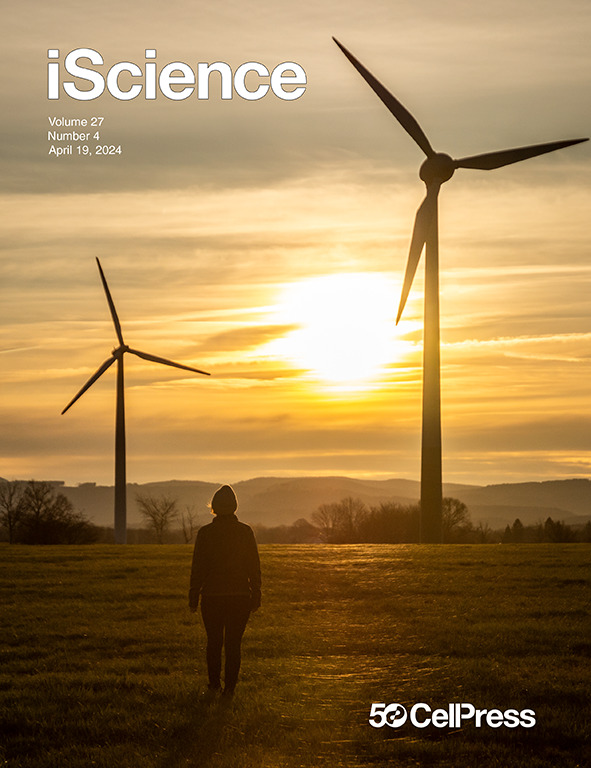Brain-like border ownership signals support prediction of natural videos
IF 4.6
2区 综合性期刊
Q1 MULTIDISCIPLINARY SCIENCES
引用次数: 0
Abstract
To make sense of visual scenes, the brain must segment foreground from background. This is thought to be facilitated by neurons that signal border ownership (BOS), which indicate which side of a border in their receptive field is owned by an object. How these signals emerge without a teaching signal of what is foreground remains unclear. Here we find that many units in PredNet, a self-supervised deep neural network trained to predict future frames in natural videos, are selective for BOS. They share key properties with BOS neurons in the brain, including robustness to object transformations and hysteresis. Ablation revealed that BOS units contribute more to prediction than other units for videos with moving objects. Our findings suggest that BOS neurons might emerge due to an evolutionary or developmental pressure to predict future input in natural, complex dynamic environments, even without an explicit requirement to segment foreground from background.
求助全文
约1分钟内获得全文
求助全文
来源期刊

iScience
Multidisciplinary-Multidisciplinary
CiteScore
7.20
自引率
1.70%
发文量
1972
审稿时长
6 weeks
期刊介绍:
Science has many big remaining questions. To address them, we will need to work collaboratively and across disciplines. The goal of iScience is to help fuel that type of interdisciplinary thinking. iScience is a new open-access journal from Cell Press that provides a platform for original research in the life, physical, and earth sciences. The primary criterion for publication in iScience is a significant contribution to a relevant field combined with robust results and underlying methodology. The advances appearing in iScience include both fundamental and applied investigations across this interdisciplinary range of topic areas. To support transparency in scientific investigation, we are happy to consider replication studies and papers that describe negative results.
We know you want your work to be published quickly and to be widely visible within your community and beyond. With the strong international reputation of Cell Press behind it, publication in iScience will help your work garner the attention and recognition it merits. Like all Cell Press journals, iScience prioritizes rapid publication. Our editorial team pays special attention to high-quality author service and to efficient, clear-cut decisions based on the information available within the manuscript. iScience taps into the expertise across Cell Press journals and selected partners to inform our editorial decisions and help publish your science in a timely and seamless way.
 求助内容:
求助内容: 应助结果提醒方式:
应助结果提醒方式:


